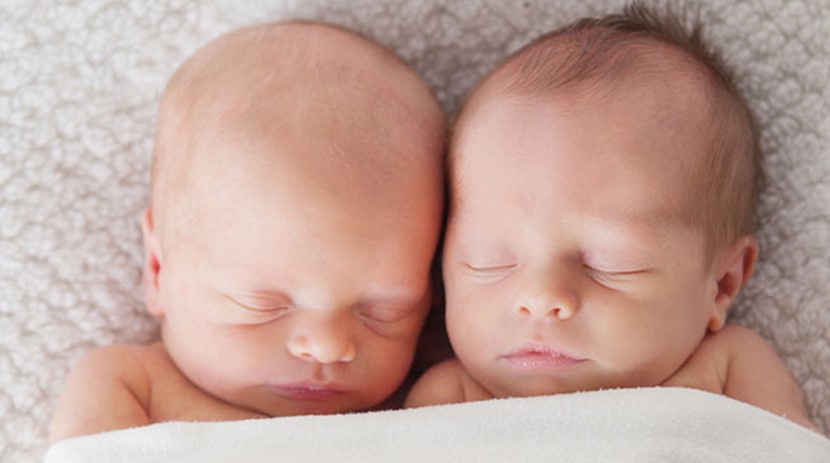Multiple pregnancies guide weeks 21-24

Week 21
Your babies now weigh close to 500g each and their crown-rump length is about half of what it will be when they are born (if they are born at full term). Their skin is covered in a white, waxy substance called vernix which protects it from drying out in the amniotic fluid. Babies that are born early usually still have some vernix on them.
Week 22
You may start to notice that your babies' movements follow a regular schedule, and you may be able to identify when they are awake or asleep depending on when they move. Of course, both babies won't neccessarilty sleep at the same time! Some mums of twins liken the movements of their babies in their womb to an octopus, constantly wriggling around in one place or another.
You will probably find you get tired very easily, and it is important to get plenty of rest. You may find it difficult to get comfortable in bed because your bump gets in the way. Try to avoid lying flat on your back as this compresses the blood vessels that supply the uterus with blood and restricts the blood flow to your babies. It might help to lie on your side with a pillow between your knees, and one under your bump, or even a tri pillow between your knees and running up your side to the bottom of your bump.
Week 23
Your growing babies will be pressing on your bladder and you will find you need to go to the bathroom more frequently. You may also find that you leak a little urine, particularly if this is not your first pregnancy. It should not be painful to pass urine though, and if you do feel any pain or burning you should contact your LMC immediately. Pain or burning can be a symptom of a urinary tract infection, which are more common during pregnancy, and which can cause premature labour and permanent damage to your kidneys if left untreated.
Week 24
Your babies now weigh around 400g each, and recent research indicates that they may interact with each other inside the womb far more than previously thought. 4 dimensional ultrasound studies have revealed that as well as kicking and touching each other, multiples are able to hold hands and may even deliberately reach out for each other. Lennart Nillson's book A Child is Born has recently been revised and updated and contains some stunning images of babies in-utero, and a National Geographic documentary Into the Womb focuses specifically on the behaviour of twins and higher order multiples and the ways in which they interact prior to birth. It lends weight to long-held theories that twins have a special bond that exists even before birth and continues for their whole lives. You should be able to find copies of Nillson's book at your local library, or buy it here and your local Multiple Birth Club may have a copy of the National Geographic documentary for you to borrow.

